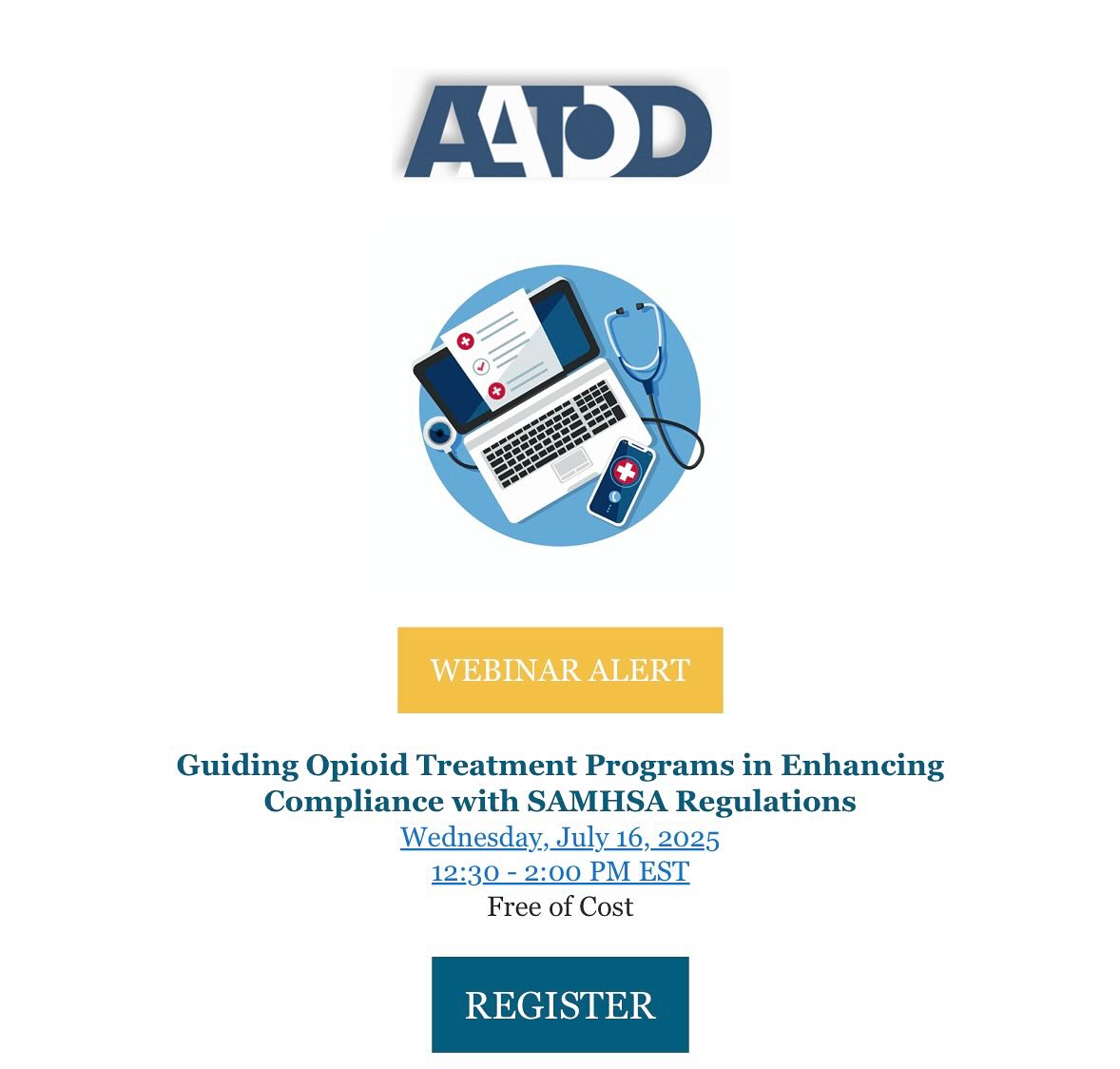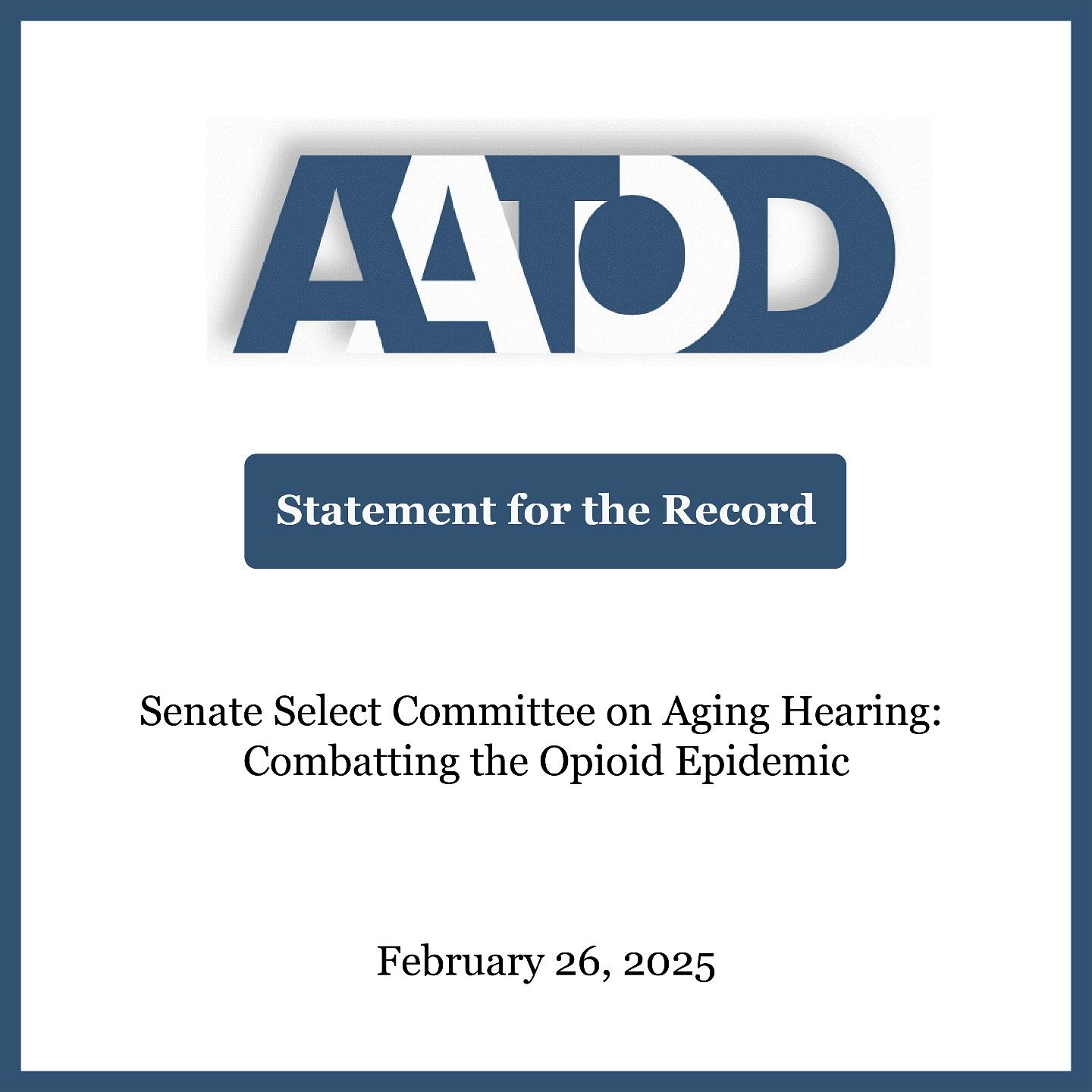Congressman Bliley, who serves as the Chairman of the House Commerce Committee, introduced a bill (H.R.2634) to allow physicians to treat chronic opiate dependence in their private medical practice setting with Schedule IV and V Narcotics. Illustratively, Darvon is a Schedule IV Narcotic and Buprenorphine is a Schedule V Narcotic.
At the outset, it important to note that our Association supports the use of new and effective pharmacotherapies to treat chronic opiate dependence. We believe that physicians should be involved in treating opiate dependence in general medical practice settings, reversing such long-standing restrictions.
We do not question the efficacy of Buprenorphine in treating opiate dependence since our Medication’s Committee has reviewed literature, which has been developed through NIDA funded research in the United States and international journals as well.
Our Board of Directors convened in New York on September 23, 1999 and voted unanimously to restate these concerns and forward such policy documents to the appropriate federal agencies. The Board supports CSAT’s involvement in developing specific treatment protocols on how medications, such as Buprenorphine could be used by general practitioners in combination with other psychosocial services.
We continue to support physician involvement in prescribing such medications if they are certified in an appropriate medical subspecialty and/or receive specialized training in this area of medicine.
We continue to stress the need of assessing each patient, who receives such medication, to determine what kind of psychosocial services will be provided in conjunction with such medications.
The Association’s Medication’s Committee is aware that NIDA has funded 85% of the world’s research on drug addiction. These research findings have consistently demonstrated that improved patient outcome is more likely when medication has been used to treat chronic opiate dependence in conjunction with other psychosocial services.
An article by Doralie Segal, who works in the Medications Development Division of the National Institute on Drug Abuse, entitled “Buprenorphine: What Interests the National Institute on Drug Abuse?”, provided information about Buprenorphine. “NIDA is a very strong advocate of combining treatment modalities. Pharmacological treatment addresses only one of the problems associated with drug dependence and when it is employed alone, relapse rates are very high. In fact, NIDA mandates that its clinical trials of new potential medications combine behavioral and psychosocial treatment and rehabilitative interventions in the research design.”
NIDA released a new publication “Principles of Drug Addiction Treatment – A Research Based Guide”, which underscores Ms. Segal’s perspective. Our Association supports such principles of drug addiction treatment and our policies have indicated that if doctors are to be involved in treating chronic opiate dependence and decide to use medications such as Buprenorphine in treating this disease, then such psychosocial or behavioral services should be provided at the medical practice setting or through referral.
Our Association supports ONDCP’s strategy in closing the treatment gap, which was promulgated in the March 1999 Policy Paper on Opioid Agonist Treatment. Thousands of untreated opiate dependent people need increased access to care through expanded substance abuse treatment programs and a new network of general medical practice settings.
We also need to ensure that patients will be treated safely and by knowledgeable practitioners. We believe that it would be dangerous to conveniently forget the hard-learned experiences of clinical practice and research in attempting to close this gap without implementing reasonable protections. Such protections are aimed at protecting the public’s health as opposed to moving quickly without an informed strategic plan.































